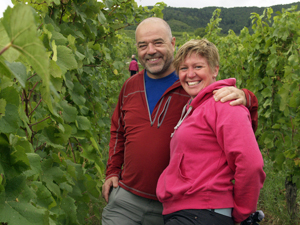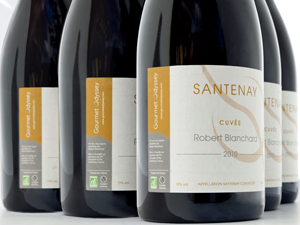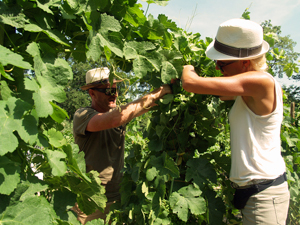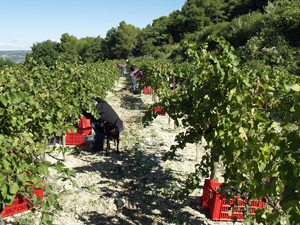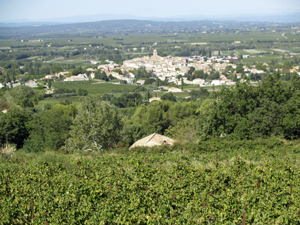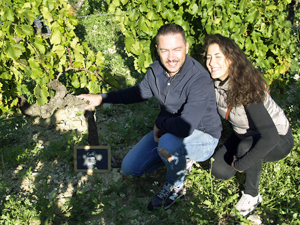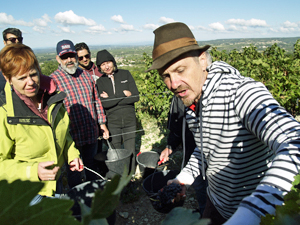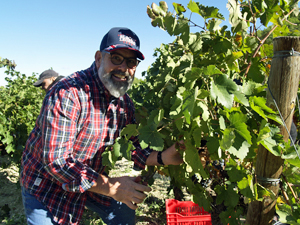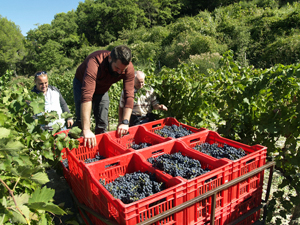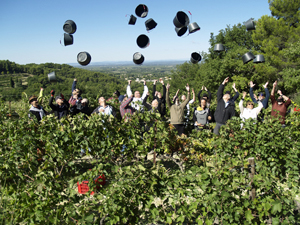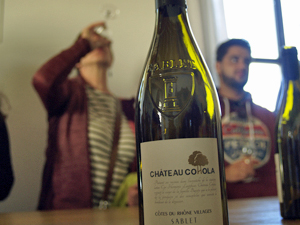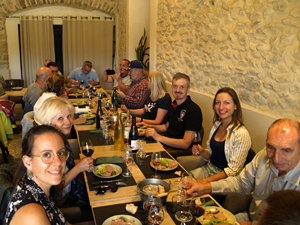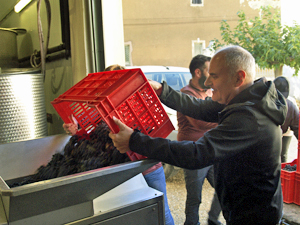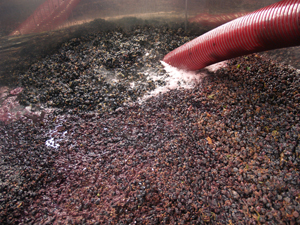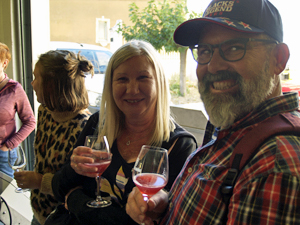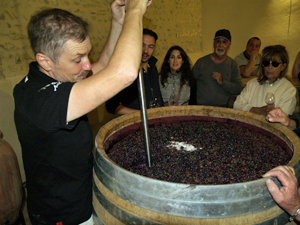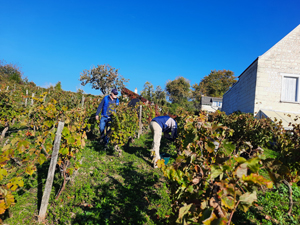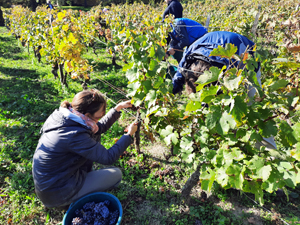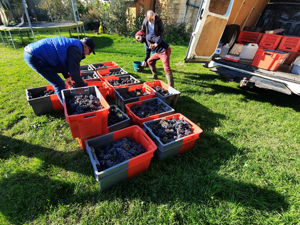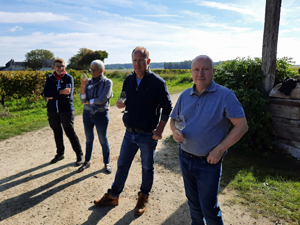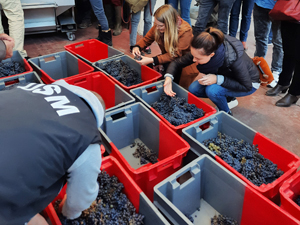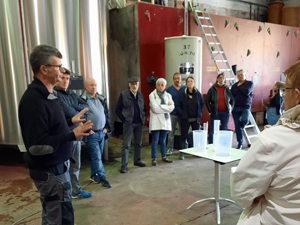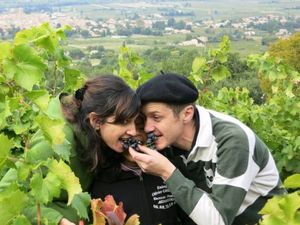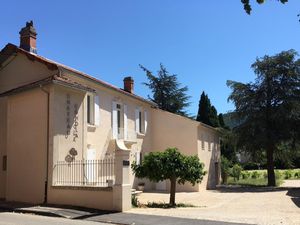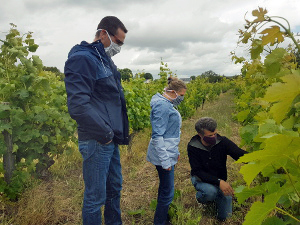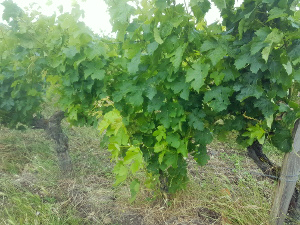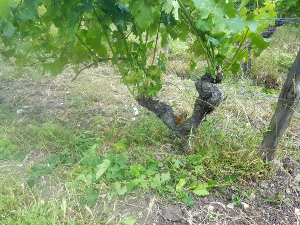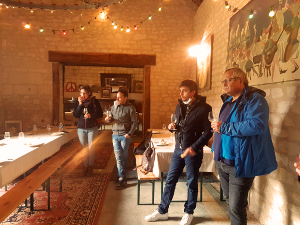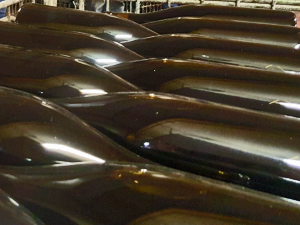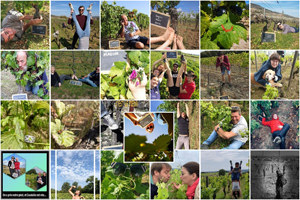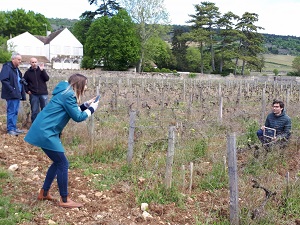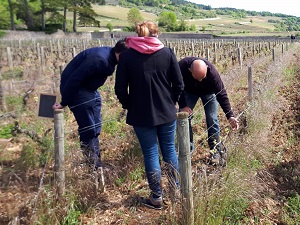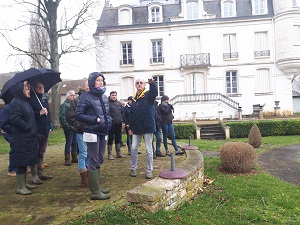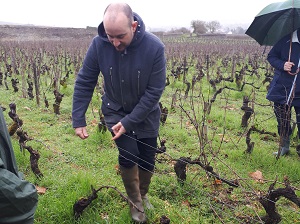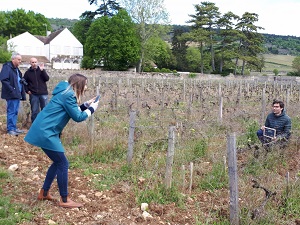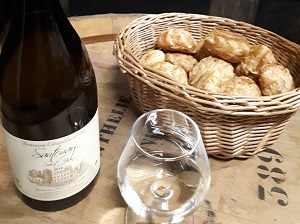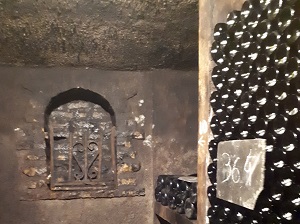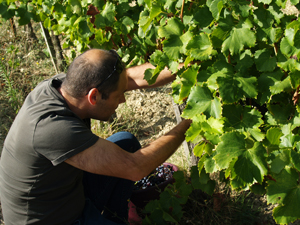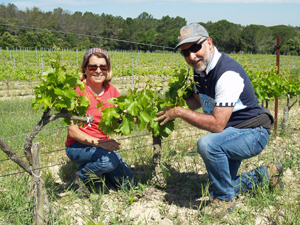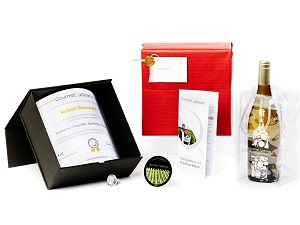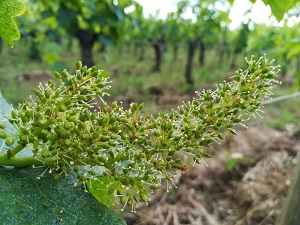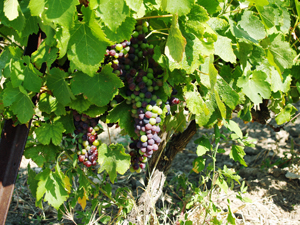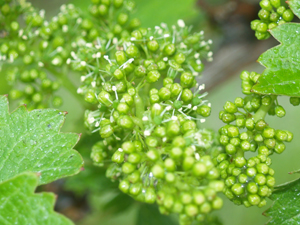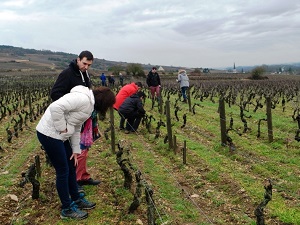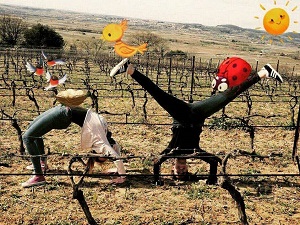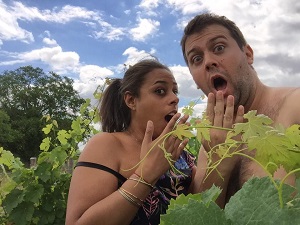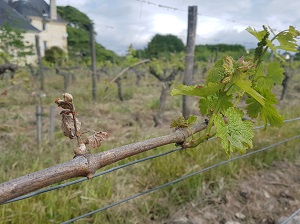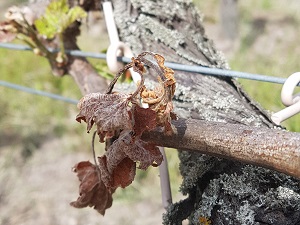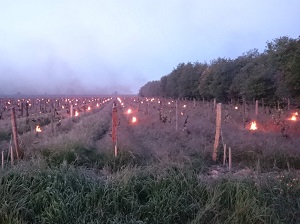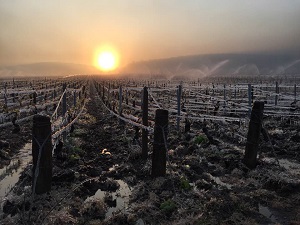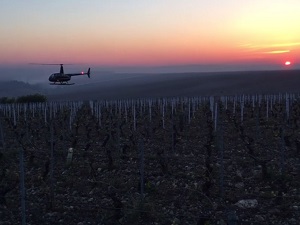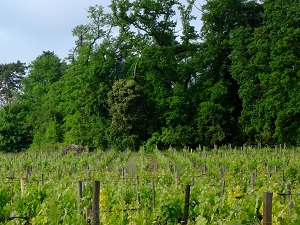Are you looking for a
special wine-related Christmas present this year? Adopt some vines in France and give a
unique experience for a wine lover. With the Gourmet Odyssey Wine Experience you can get behind the scenes, become an apprentice organic wine-maker for a year, and discover the work that goes into making your own personalised bottles of organic wine. And by doing so, you’ll also be supporting small, independent organic winemakers.
What’s included in the Wine Experience Christmas gift box?
Choose from the different options available and order your adopt-a-vine Christmas gift on our website. You can choose the region, the winery (all organically certified), the number of vines to adopt, and how many wine experience days at the vineyard to include. We’ll send the welcome gift pack to you, or directly to the recipient to open on Christmas day, containing a personalised vine adoption certificate, some wine accessories, and an access code to the private customer portal to get the adventure started straightaway.
The recipient will then receive news, photos, and updates from the wine-maker as the vines grow, the grapes are harvested, and the juice made into wine in the cellar. At the end of the wine-making year, his or her organic wine, made from the grapes in the vineyard where his or her adopted vines are located, will be bottled, complete with personalised wine labels denoting the name of the wine that your lucky recipient chooses!
It’s also possible to go to the winery, meet the wine-makers, and participate in wine experience days to learn about the key stages involved in the making of your wine. The Wine Experience Days can be included in the Christmas gift pack, or added later.
The Wine Experience Days take place on the weekends from 09:30 to 16:00, with wine tasting and lunch included for two people. There are three different choices. The Discovery Experience Days concentrate on the work in the vineyard before the harvest, the Harvest Experience Days get you involved in picking the grapes and teach you about the first stages of fermentation, and the Vinification Experience Days are made up of practical workshops to hone wine-tasting skills, and to learn about ageing, blending and bottling wines. You also learn how the wine-makers work organically, and what’s at stake in doing so. They are fun, informative, and moments rich in sharing that make you think a little differently when you open your next bottle of wine.
What makes the Wine Experience an extra-special Christmas gift?
Not only is it an original Christmas gift for a wine lover, it’s a present that supports independent organic wine-makers and small business, something that’s appreciated even more during these challenging times!
We’ve chosen to only work with organically or biodynamically certified wine-makers, all of whom have had their wines selected and awarded by the leading wine guides and press. We picked them for their friendliness, and enthusiasm for sharing their knowledge and love of their profession, essential factors needed to ensure an exceptional and unforgettable experience.
But don’t just take our word for it, read the customer feedback. For over 10 years now, we have developed and delivered a quality service, creating strong bonds and friendships with our partner winemakers and customers alike.
And it’s a no risk Christmas gift, because if you’re not sure which Wine Experience to choose, the recipient can always change the winery, type of day, or vintage by contacting us. The Wine Experience Days can also be carried over to the following year if needed.
Order your Adopt-a-Vine Christmas Gift in a few clicks
No need to go to the shops! Order your Wine Experience Christmas gift online, and we’ll take care of the rest:
-
The welcome gift pack will be sent out within 24 hours, Monday to Friday
-
The vine adoption certificate and activation code will be sent by email to the buyer
-
Gift wrapping and personalised message option available
-
Option to pay in 3 instalments
-
Flexible. The recipient can change the options or carry days over if needed
The Christmas Wine Experience welcome pack will be sent to the address of your choosing, containing a few wine accessory gifts; a DropStop, re-usable glass wine stopper, wine cooling bag, vine adoption certificate, and a personalised guide to get the present started!
Find out more about the Wine Experience Christmas present
Visit our website for more information about the Gourmet Odyssey Wine Experience or to place an order.
Any questions? We’re available from 09:00 to 18:00, Monday to Friday by phone on 01 46 27 05 92 within France, or on +33 1 46 27 05 92 from outside France, or through our contact page.
